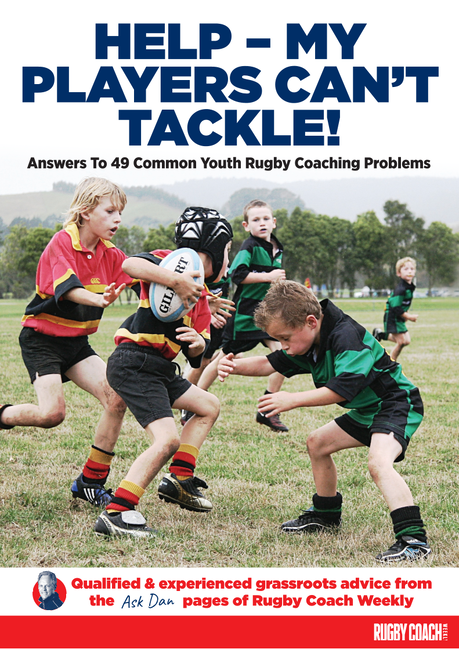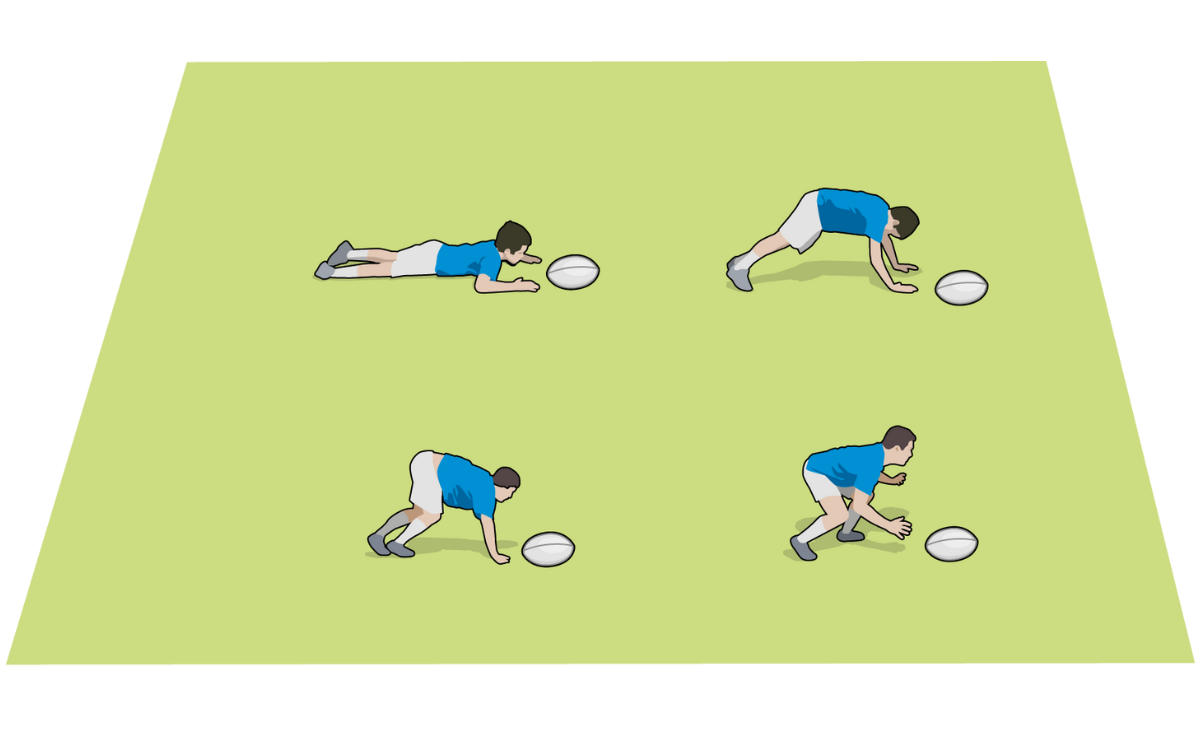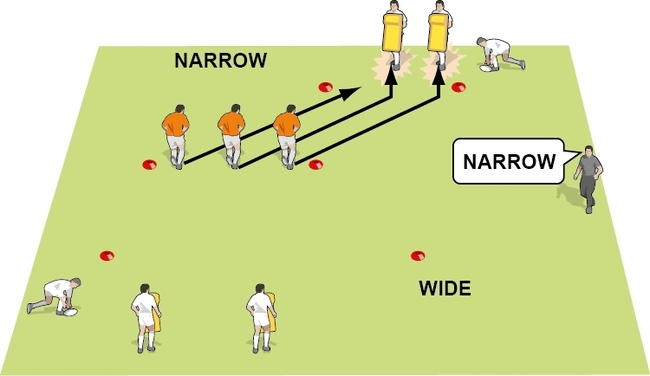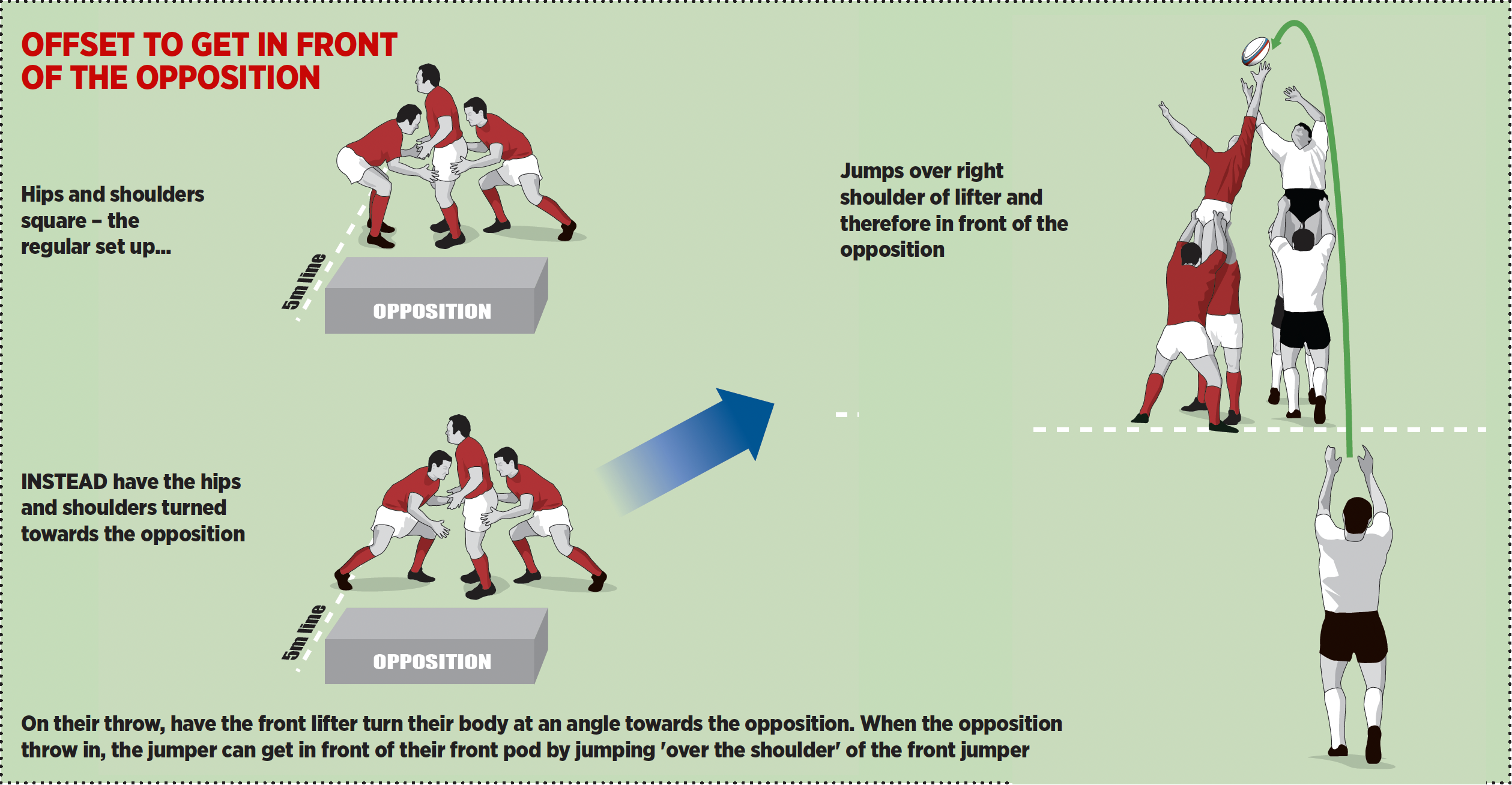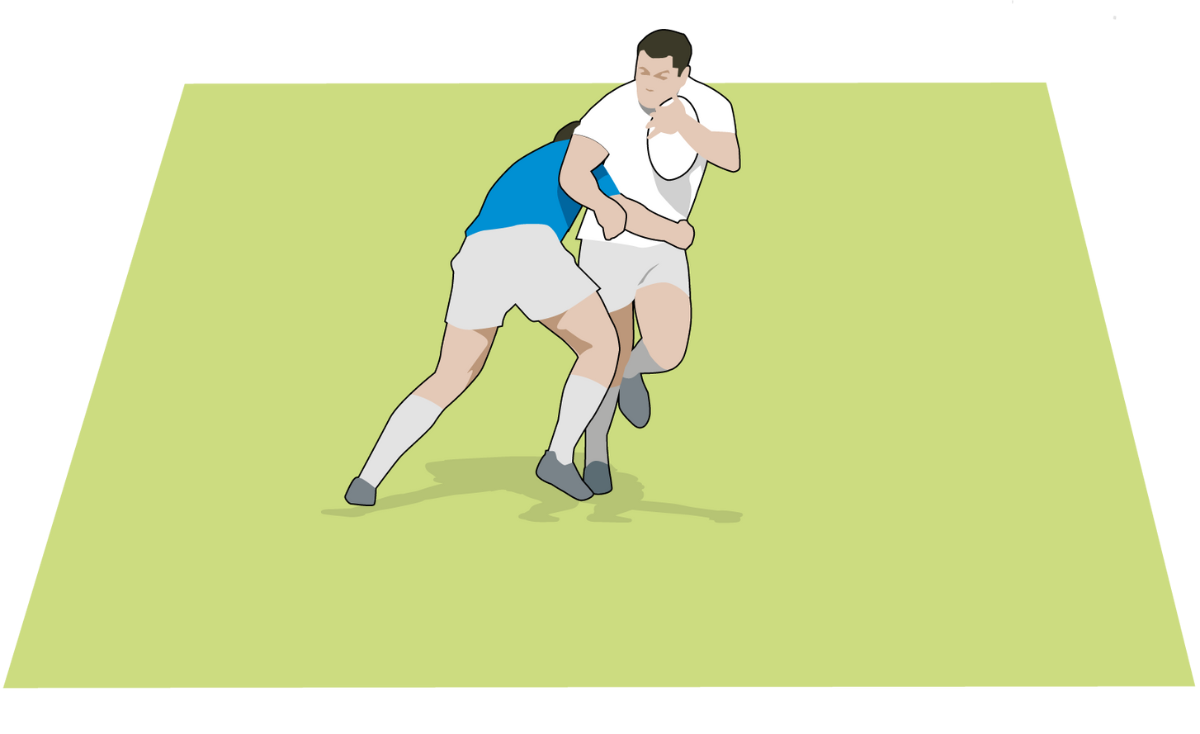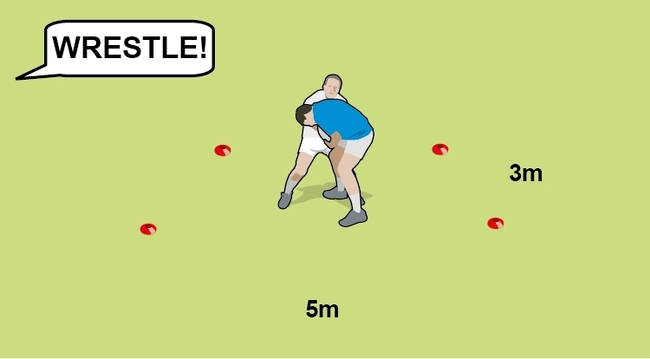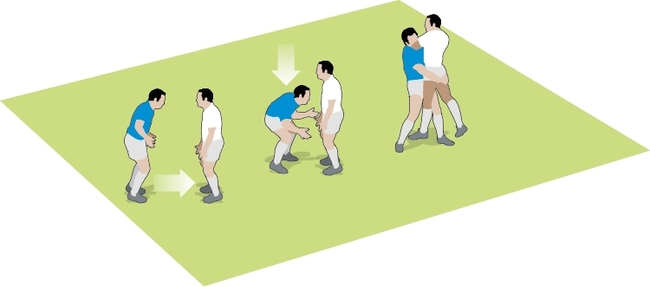Life cycle of the tackle
It starts with the contact point and ends when the ball is recycled or is turned over. Concentrate on this philosophy to improve tackle outcomes.

The key in assessing whether the players are making effective tackles is to look at the life cycle of the tackle.
The focus is on what the result of the tackle is, the back end. We gauge how the tackle has affected the opposition’s delivery of the ball.
For instance, a player may do everything right at the initial contact point of the tackle, but the end result is that although the opposition player has been stopped, they may still be in a strong position to present the ball quickly and cleanly. Therefore, the approach is to work on the full life cycle of the tackle.
The tackler can use their legs, hips, body, arms and hands to make it legally difficult for the ball carrier to present the ball to his teammates effectively. Whether the tackle is low (legs or chop) or on the ball, the tackler (including the second player in) has to work their body into positions to challenge the opposition breakdown work or even win back the ball.
It is a mental attitude as much as a technical approach. You want to win the tackle by the end, even if you are not dominating the start.
HOW IT MIGHT WORK
Effective tracking and the initial contact point are important as this can begin the process of a dominant tackle, both physically and mentally. If the tackler can “hit and stick” aggressively, it can affect the ball carrier’s psyche and compromise their ability to move and manipulate his body so that he can present the ball correctly.
A player must understand how effective he can be through to the back end of a tackle. That’s where the tackler ends up and does next.
It is important to understand that when a tackle is made, the contact point is not always going to be perfect, but the tackler can still work effectively through the life cycle of the tackle to improve their back-end performance.
What impact they can have depends on a number of elements including their entry height, grip and how they use their legs and hips. Even with good contact, where the player hits strongly with his shoulders, they may still lose their grip, or their legs and hips and torso can crumple, and they lose their capacity to effectively impact on the back-end of the tackle.
BEST TACKLE RESULTS
The best tackle results are a turnover, a penalty to us, or the put-in at the next scrum. After that, we are looking to impact on the quality of the ball the opposition gets to use next phase.
Either that means the opposition has to put in another player or two to clean out or we break the flow of their attack. For instance, forwards who were coming around the corner to take another pop ball have to check their run, stop, or even go in to secure the ball.
A player must be effective right through to the back end of a tackle.

Related Files
Premium Books
Newsletter Sign Up
Coaches Testimonials

Gerald Kearney, Downtown Las Vegas Soccer Club

Paul Butler, Florida, USA

Rick Shields, Springboro, USA

Tony Green, Pierrefonds Titans, Quebec, Canada
Subscribe Today
Be a more effective, more successful rugby coach
In a recent survey 89% of subscribers said Rugby Coach Weekly makes them more confident, 91% said Rugby Coach Weekly makes them a more effective coach and 93% said Rugby Coach Weekly makes them more inspired.
Get Weekly Inspiration
All the latest techniques and approaches
Rugby Coach Weekly offers proven and easy to use rugby drills, coaching sessions, practice plans, small-sided games, warm-ups, training tips and advice.
We've been at the cutting edge of rugby coaching since we launched in 2005, creating resources for the grassroots youth coach, following best practice from around the world and insights from the professional game.




